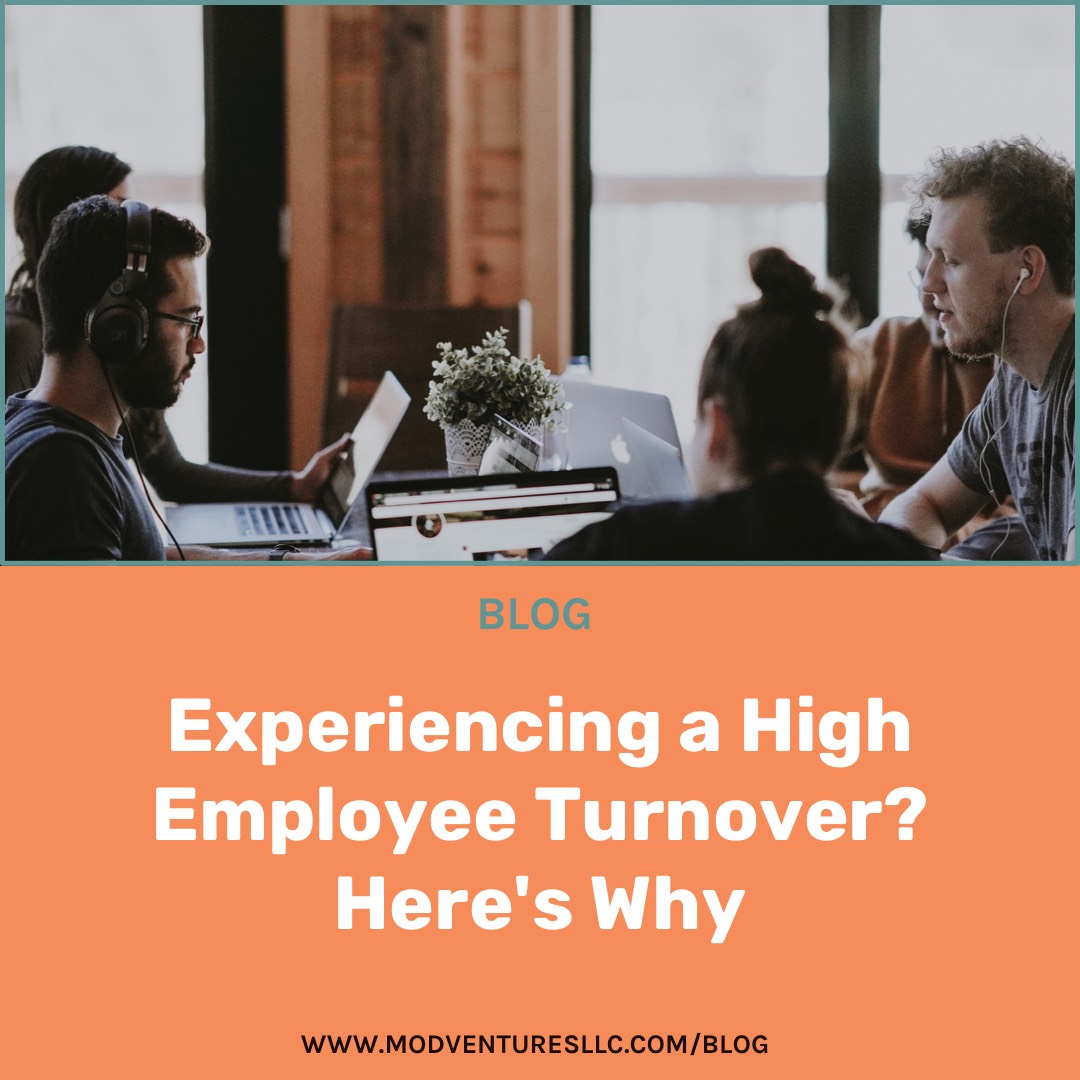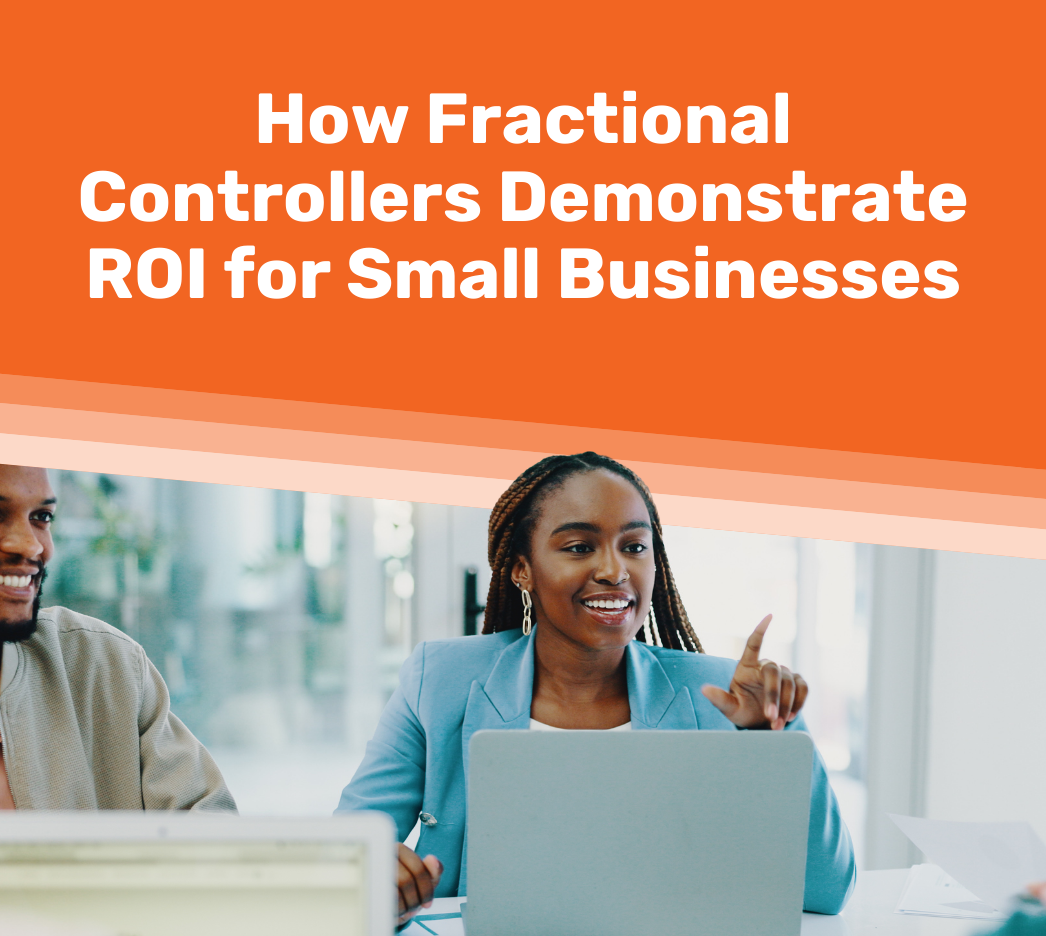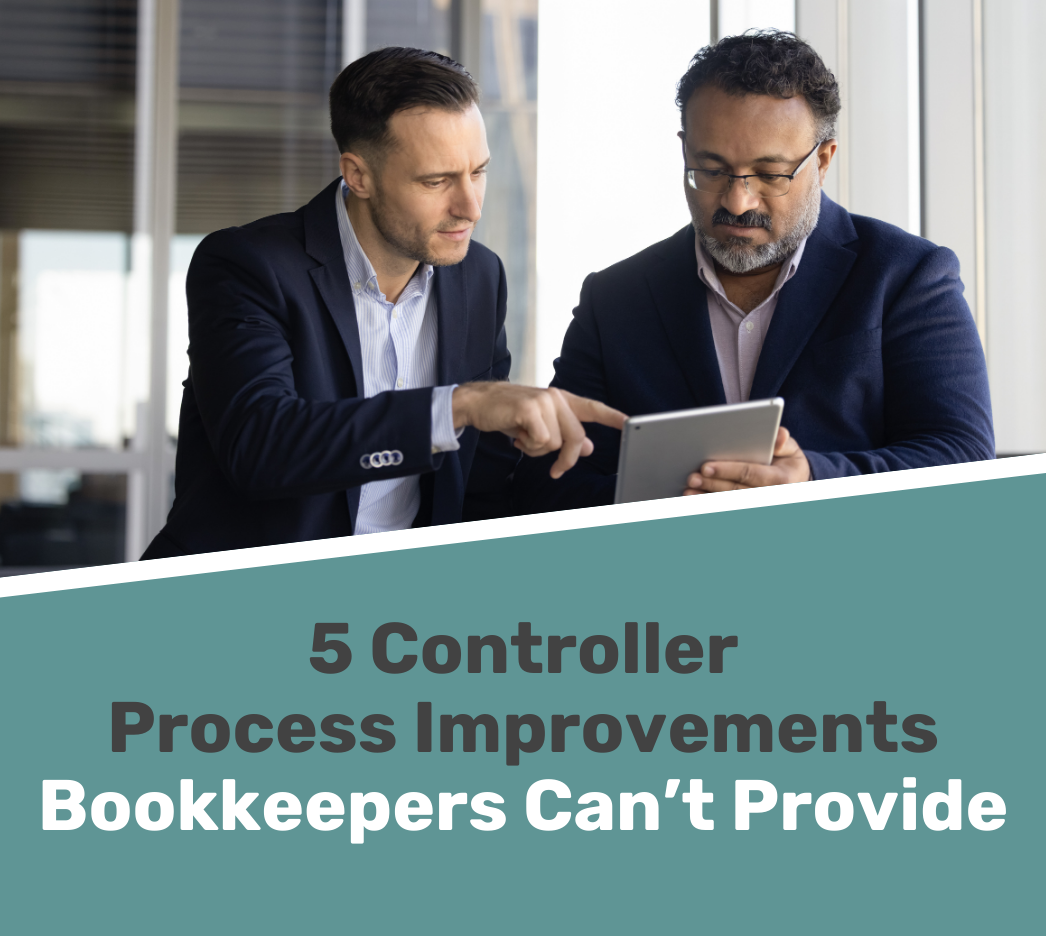A high employee turnover rate is detrimental to a growing company. Repeating the process of recruitment and onboarding of new employees is a huge expense that cuts into profits and time. To improve your employee retention and minimize the financial impact of new hires, you must first understand why your employee turnover rate is high in the first place.
Before moving forward, a high employee turnover rate means that over 28% of your new employees quit within the first 90 days of employment. While 28% is average, the lower your employee turnover rate, the better your business will perform thanks to long-term talents, lack of new training periods, and the financial burden of repeated new hires.
Why Is My Employee Turnover Rate High?
There are two primary causes of turnover;experience and onboarding [Source]. Experience refers to what employees expected vs. what they experienced along with bad experiences such as conflicts and interactions. Onboarding refers to the process in which they were hired on, trained, explained expectations, and experienced with coworkers during the onboarding process vs. casual interactions.
High employee turnover is essentially caused by expectations set by the company during the hiring process that is not met by the company once a new employee is hired on. Post-covid, employee turnover rates skyrocket thanks to new expectations and necessities for hybrid and virtual working opportunities.
How Do I Identify The Cause of My High Employee Turnover?
Knowing the sources of employee turnover is one step, identifying what area your business is lacking in is another. Identifying the cause of your high turnover rate involves analyzing your current processes from an internal and external perspective. Physically walking through the process along with surveying current employees involved along with new hires about the dislikes/likes and struggles about the current system can provide great insight.
Even analyzing your current messaging or how your business is represented can help identify where you are causing new hire expectations are not being met can help. For example, does your business have strong political viewpoints? Is this clear to an incoming employee? Do you offer insurance, 401k, hybrid work, or virtual work? Is this clearly stated in your application process? Does the role you’re hiring for have clearly defined expectations and responsibilities? Are these readily available for applicants and new hires?
For in-house improvements, work with the current employees and see why they may be struggling during the onboarding process. Ensure that they are not struggling with overwork while a new employee is in training – or that they’re training a new employee with inadequate resources. Neglecting your current employee experience can lead to poor interactions with new hires.
How Do I Improve My Employee Turnover Rate?
Ideally, break down your onboarding process into three parts:Pre-arrival, on arrival, and the first six months. Each part should have a smooth process with clear expectations and communication lines for everyone involved. Frequently check in with your current and new employees throughout the process, a little communication can go a long way. While employees will naturally still leave, the goal is to reduce your employee turnover rate as much as possible. If you’re ready to learn how to hire new employees like a CEO,follow these four steps.
You May Also Love
CLOSE






